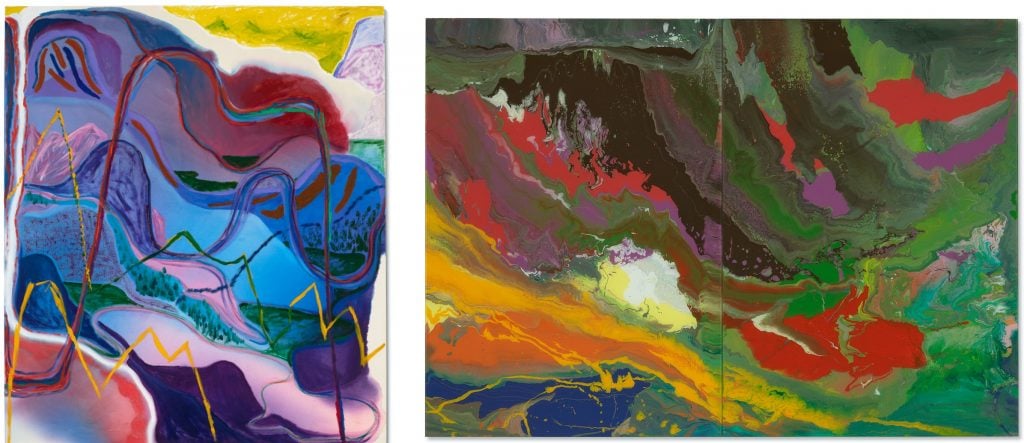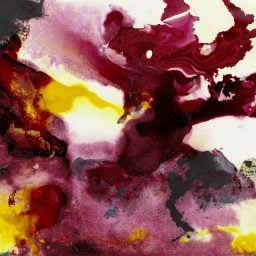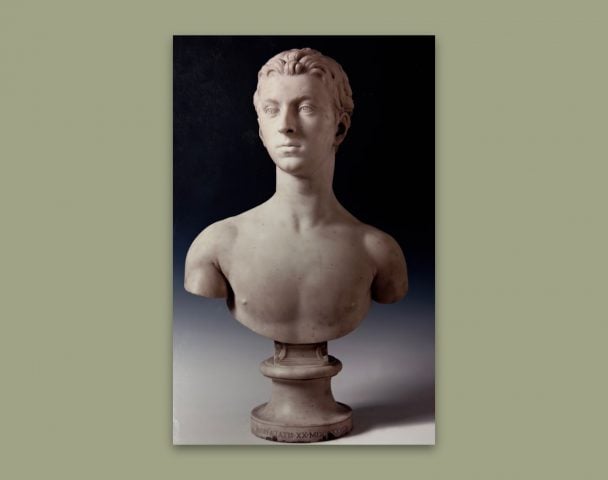Should a single Damien Hirst painting cost more than an entire Old Masters sale? Why does Adrian Ghenie’s auction record stand higher than Frida Kahlo’s? The strange, fickle, largely subjective nature of art valuation is one of the industry’s most enduring enigmas—and sources of complaint. To analyze what’s behind some of the confounding prices in the art market, in our series “This or That” we ask experts to compare two very different works of art offered at comparable prices.
The New York auctions are upon us, and the evening sales are bursting with trophy works by blue-chip names as well wet paint catering to the frothy market for young stars. The evening sales across the Big Three houses are slated to bring in as much as $2.6 billion. While consignments from the storied collections of Swiss connoisseurs Thomas and Doris Ammann, Texas ranch heiress Anne Bass, and the Macklowes are grabbing the headlines, few eyes are on the day sales, where often the best deals are waiting to be had.
This week, we spoke with Sibylle Rochat, art advisor and founder of Rochat Art Consultancy. We asked her to confront a dilemma increasingly faced by buyers in a market where work by young hot stars regularly somersault past their high estimates. Here, she chooses between two offerings from Christie’s post-war and contemporary day sale on May 13: Gerhard Richter’s lacquer on glass diptych, Flow (933-1), estimated at $500,000–$700,000, or Shara Hughes’s vivid oil and dye canvas, Weeping Blur, estimated at $400,000–$600,000.
Here’s what she said.
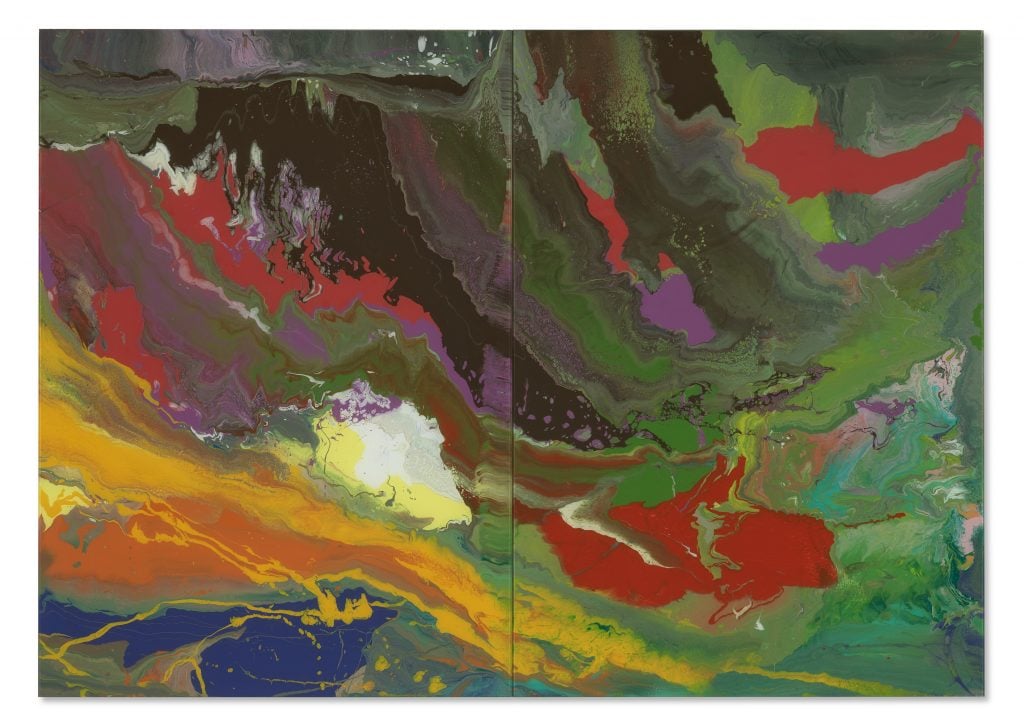
Gerhard Richter, Flow (933-1) (2013). Courtesy Christie’s Images Ltd. 2022.
This or That? There is not much of a dilemma here… Gerhard Richter.
On aesthetic considerations: Both paintings are of a domestic and easy format to live with. At first glance, the Shara Hughes painting is more seductive than Gerhard Richter’s, with her colorful dream-like landscapes being an invitation into a fantastic world. The work of Hughes might attract younger collectors with an eye for what looks good on a screen. Some of her works could be the paper drafts for an NFT with the colors and textures feeling very current, almost digital.
The Richter work is, at first glance, less seductive in terms of color and composition, but becomes far more layered and interesting when you understand that the artist has yet again pushed further the very medium of paint. It is part of a series of works created when Richter was in his 80s, they are very physical to make and he works by himself without an assistant. Here Richter is effectively upending his painting practice, removing the brush and squeegee. He pours paint directly onto the glass, letting it pool naturally by tilting and rotating the glass. It’s the element of chance in these works that I find quite magical. Hughes’s work may immediately appear more contemporary, but this series by Richter was his answer to the question of how to bring his work into a new century.
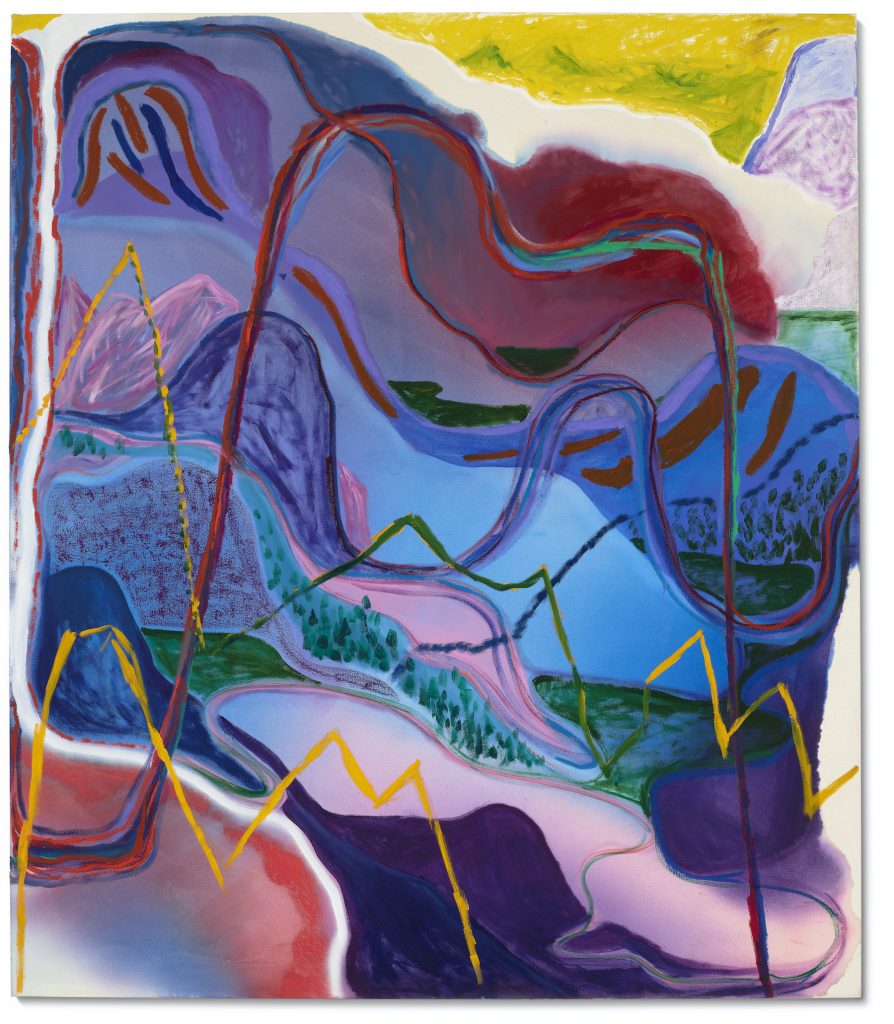
Shara Hughes, Weeping Blur (2018). Courtesy Christie’s Images Ltd. 2022.
On market considerations: Richter has a well established market with a generally positive average. His work is in every important museum collection, and has had retrospectives in institutions around the globe. In short: He holds his place in art history. Right now, his market is a little complicated, and by consequence it is a good moment to buy. With many collectors looking to diversify their collections, the art by old white men, the “big boys” of contemporary art history, isn’t currently in fashion. Additionally, this series has not really been exploited by the marketplace, so there is potential for growth. Finally, Richter did not make a lot of these works and they are largely under-appreciated which makes for an opportunity in the market for this series.
The prices at the moment for Hughes are incredibly high and disconnected from the primary market. This disconnect indicates a very speculative market. Buying at the highest price in a speculative market is dangerous as the works most likely won’t keep their value in the mid to long run. Hughes has some institutional exposure, but is it complacent?
On the price: The estimate of the Richter seems in range with the market of the artist. A work like this is a great entry point into Richter’s practice when his works can go for millions.
The estimate of Hughes is so high, you really need to love the work to purchase it, and have a different relationship to money than most of us. Alternatively, for this to be a good value, you would need to be a startup like Masterworks targeting investors for future fractional ownership (and eventually sending them misleading auction reports, ha!).
For the current art buying generation, the name Richter still holds strong significance. That said, there is a real shift in how the new generation is consuming art, and the voices they are wanting to listen to most. We can no longer predict how the next generation will buy art as we have done before due to the acceleration of digital technologies in the art market. So for now I would say the Richter remains the most solid bet. How well that assessment will hold as the next generation matures as buyers remains to be seen.
